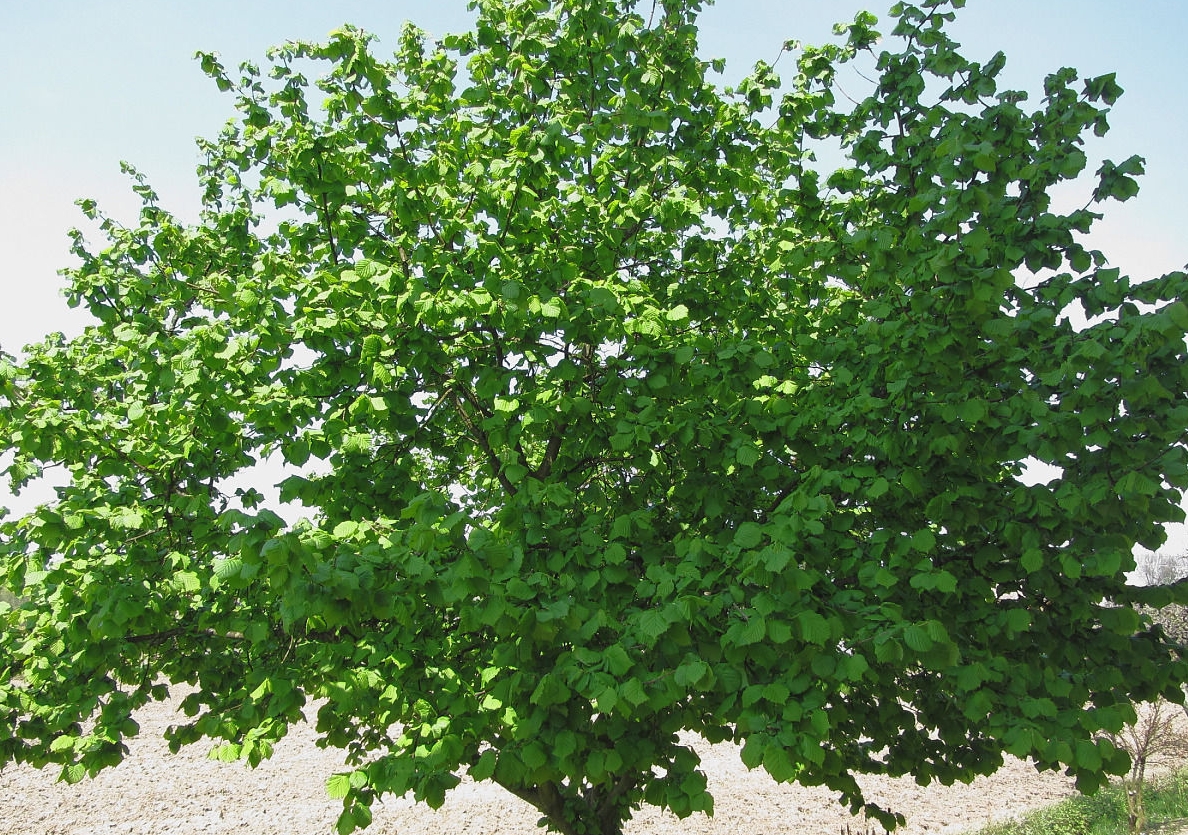Corylus colurna seed
Common Name: Turkish hazel
Type: tree
Family: Betulaceae
Native Range: Southeastern Europe, Asia Minor, western Asia
Zone: 4 to 7
Height: 40.00 to 80.00 feet
Spread: 30.00 to 50.00 feet
Bloom Time: March
Bloom Description: Yellow (male)
Sun: Full sun to part shade
Water: Medium
Maintenance: Low
Suggested Use: Shade Tree, Street Tree
Flower: Insignificant
Fruit: Showy, Edible
Noteworthy Characteristics
Corylus colurna, commonly called Turkish hazel or Turkish filbert, is native from southeastern Europe to western Asia. It is a pyramidal deciduous tree that grows to 40-50’ (less frequently to 80’) tall. The trunk is short with dense, horizontal, low branching. Double-toothed, broad ovate to obovate, semi-glossy, bright green leaves (to 5” long) have hair on the veins beneath. Leaves turn variable but usually unexceptional shades of yellow in fall. Corky, mottled, tan to gray bark on mature trunks may flake to reveal an orange-brown inner bark. Monoecious flowers appear in catkins in spring. The male catkins (to 3” long) are not individually showy, but cumulatively can provide much interest in a March landscape. Tiny female catkins are largely hidden. Edible nuts appear in clusters of 3-6 with spiny and hairy involucre husks covering and extending beyond each nut. Nuts may be roasted and eaten, but are commonly left for the squirrels. This tree may be difficult to find in commerce. Other common names include Constantinople hazel and tree hazel. The filbert nuts produced in commerce come from hybrid plants (C. avellana x C. maxima).
Genus name comes from the Greek word korylos, or from korys meaning a helmet, in regard to the husk on the nut.
Specific epithet is the classical name of hazelnut.

